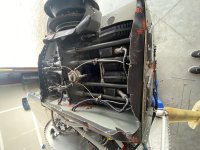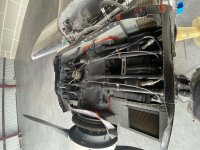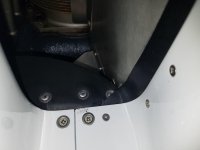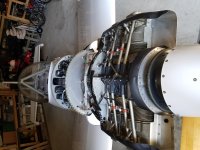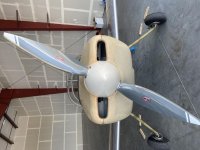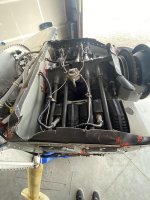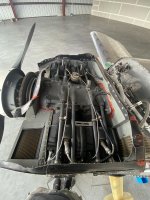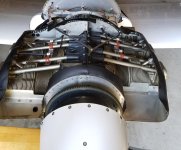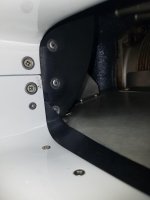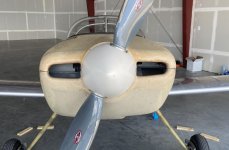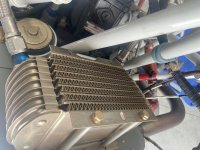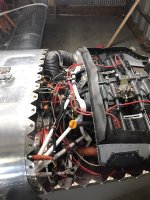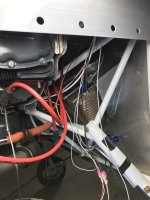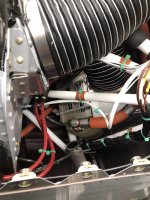Hey all, I recently purchased a flying RV-7 that has consistently high oil temperatures (210-225). It has the IO-360-A1B6 (angle valve, 200hp) engine.
First off, it doesn’t appear to have all of the baffling/baffle seal installed relative to other RV’s I have seen (at least in the front). Is there a schematic somewhere that shows what it is supposed to have?
First off, it doesn’t appear to have all of the baffling/baffle seal installed relative to other RV’s I have seen (at least in the front). Is there a schematic somewhere that shows what it is supposed to have?



